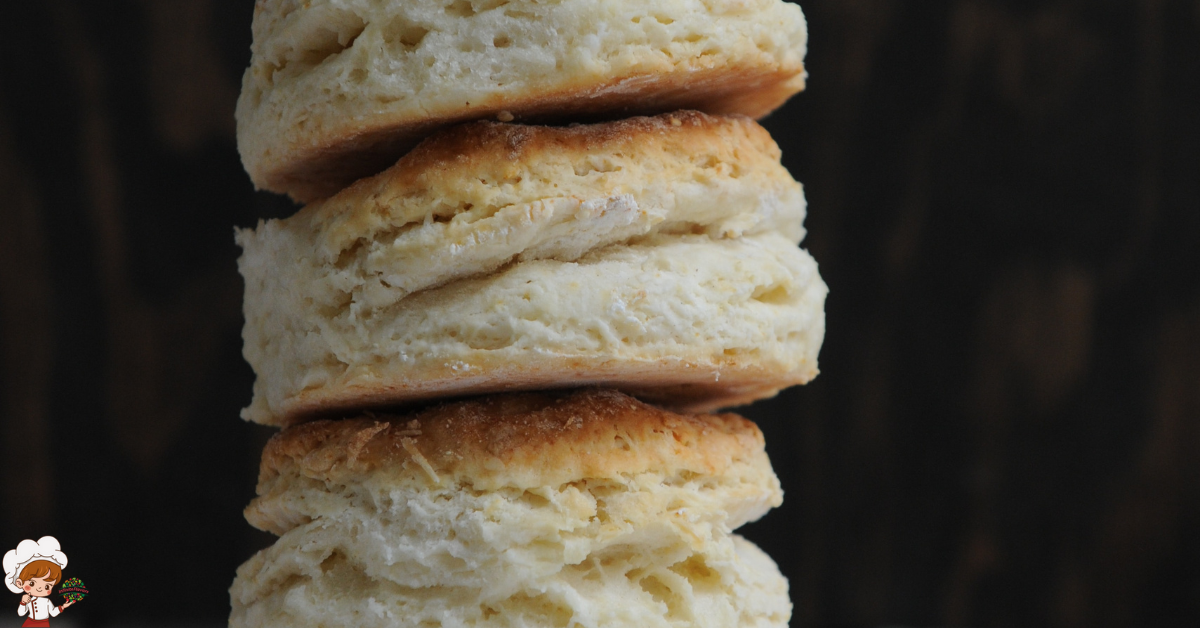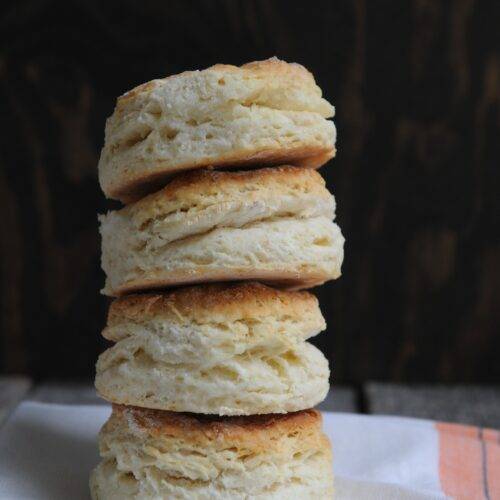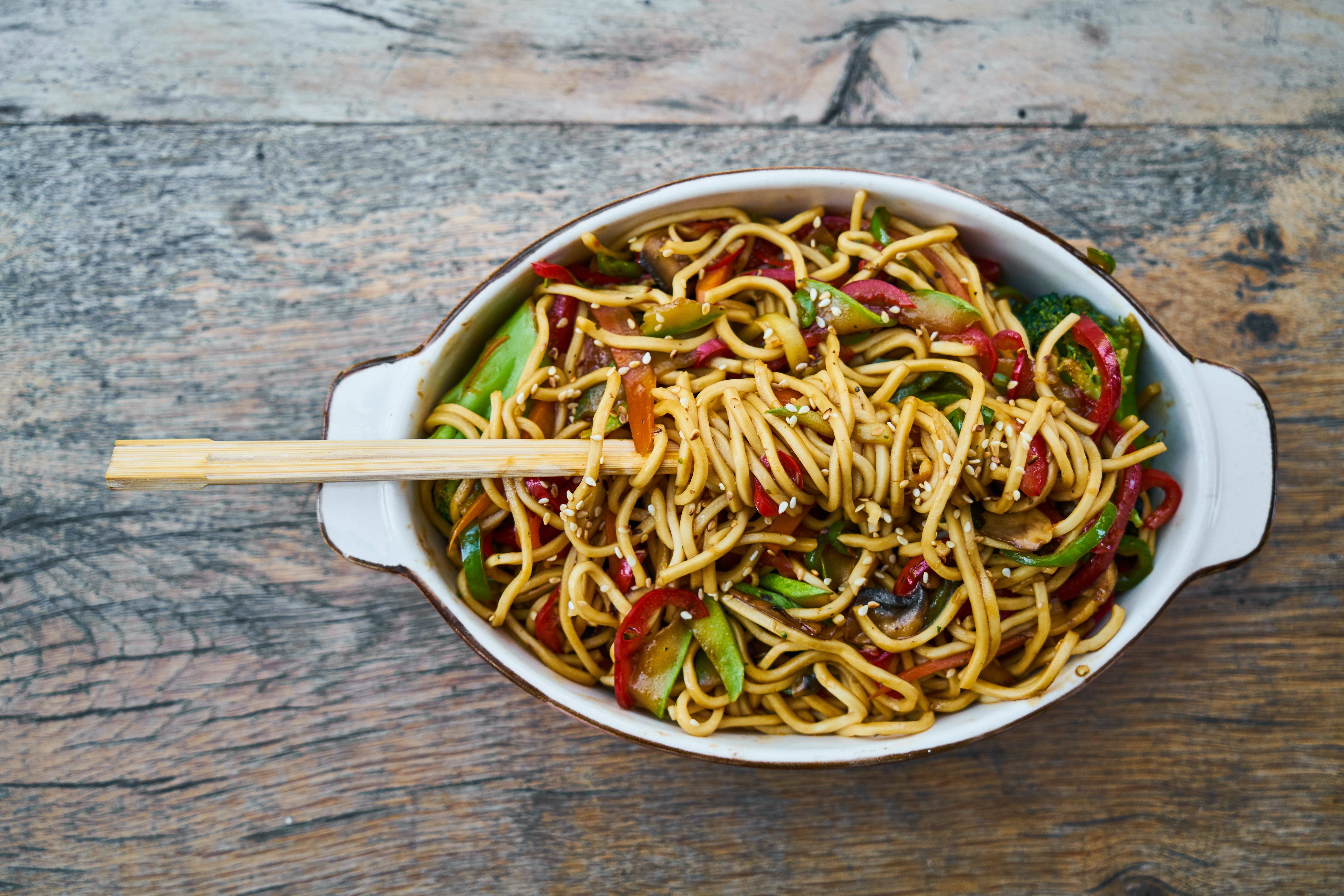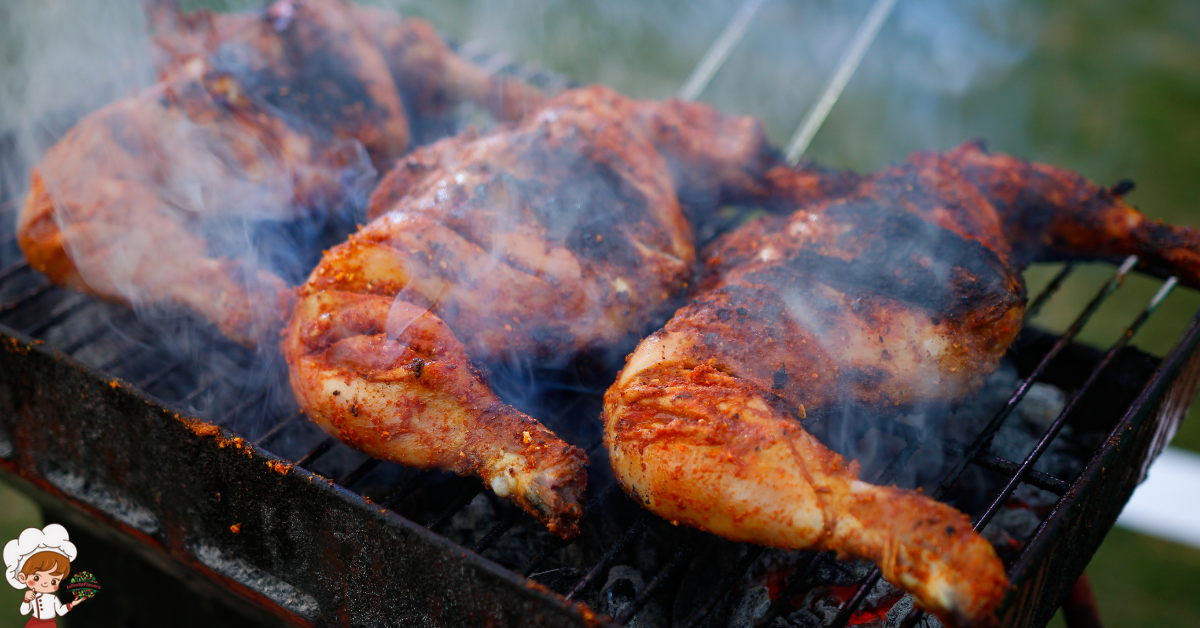The Amazing American Biscuits

American Biscuits hold a special place in American culinary history, embodying comfort and tradition in every flaky layer. The journey of American biscuits dates back to early settlers and has evolved into a beloved staple on tables across the nation.
Origins in Early America: A Flourishing Tradition
In the nascent days of America, when the land was being explored and settled by diverse communities, the concept of biscuits emerged as a culinary tradition deeply influenced by European baking practices. Early American settlers, grappling with the challenges of limited resources, adapted their baking techniques to the ingredients available in the New World.
The typical European bread-making approach, relying heavily on yeast for leavening, faced challenges due to the scarcity of certain ingredients and the lack of established infrastructure. As a result, early American cooks turned to unleavened bread and, eventually, to biscuits, which could be prepared quickly and cooked over open flames.
The adaptation of biscuit-making to the American landscape showcased the resourcefulness of the early settlers. These biscuits, often simple and hearty, became a vital part of daily sustenance. They provided a quick and efficient way to incorporate grains into meals, offering a sense of familiarity in an unfamiliar land.
The cooking methods of the time, which involved open flame or hearth baking, contributed to the unique texture and flavor of these early biscuits. The pioneers’ reliance on basic ingredients like flour, water, and perhaps a bit of salt laid the foundation for a culinary tradition that would evolve over time.
As the nation expanded westward, each region contributed its own variations to the biscuit-making process. The diversity of climates and available ingredients across the continent led to a rich tapestry of biscuit styles, each telling a story of adaptation and innovation.
In essence, the origins of American biscuits in early America epitomize the resilience and adaptability of a fledgling nation. The journey from basic survival fare to the beloved biscuits of today is a testament to the enduring legacy of this culinary tradition. The early roots, firmly planted in necessity, have blossomed into a symbol of comfort and a key player in the diverse and evolving landscape of American cuisine.
Evolution into Southern Staple: Rise of Buttermilk Biscuits
As the nation expanded, the South became synonymous with a unique biscuit culture. The introduction of soft winter wheat and the use of buttermilk gave rise to the iconic Southern-style biscuit. This lighter, fluffier version quickly became a staple in Southern kitchens, served as a side dish, with gravy, or as a delightful accompaniment to meals.
Biscuits in Everyday American Life: Versatility and Adaptations
Throughout American history, biscuits have been a versatile addition to the table, adapting to different regions and culinary preferences. From the classic pairing with fried chicken to the creation of biscuit sandwiches and even sweet variations with added ingredients like honey or fruit, biscuits have found their way into every corner of American gastronomy.
Culinary Traditions: Biscuits in the Modern Era
In the modern era, American biscuits have become more than just a side dish. With the resurgence of interest in traditional and regional cuisines, biscuits have taken center stage in various culinary creations. Chefs experiment with flavors, incorporating herbs, cheese, or spices to elevate the humble biscuit into a gourmet delight.
Biscuits Today: Resilience and Timelessness
American biscuits continue to be a symbol of comfort, family gatherings, and the enduring spirit of American cuisine. Whether enjoyed with a savory dish, as a breakfast treat, or in innovative culinary creations, the biscuit remains a versatile and timeless favor.

American Biscuits
Ingredients
- 2 cups all-purpose flour
- 1 tablespoon baking powder
- 1 teaspoon sugar
- 1/2 teaspoon salt
- 1/2 cup unsalted butter cold and cut into small cubes
- 3/4 cup buttermilk cold
Instructions
- Preheat the Oven: Preheat your oven to 425°F (220°C). Line a baking sheet with parchment paper.
- Combine Dry Ingredients: In a large mixing bowl, whisk together the all-purpose flour, baking powder, sugar, and salt until well combined.
- Incorporate Butter: Add the cold, cubed butter to the dry ingredients. Use a pastry cutter or your fingertips to cut the butter into the flour mixture until it resembles coarse crumbs. Work quickly to keep the butter cold.
- Add Buttermilk: Make a well in the center of the mixture and pour in the cold buttermilk. Stir gently with a fork until just combined. The dough should be shaggy.
- Knead the Dough: Turn the dough out onto a floured surface. Gently knead it a few times, just until it comes together. Be careful not to overwork the dough.
- Roll and Cut: Roll the dough out to a thickness of about 1 inch. Use a floured biscuit cutter to cut out rounds. Place the rounds on the prepared baking sheet, with the edges touching for softer sides.
- Bake: Bake in the preheated oven for 12-15 minutes or until the biscuits are golden brown on top.
- Serve Warm: Once baked, remove the biscuits from the oven and let them cool for a few minutes on the baking sheet. Serve warm with butter, jam, or as desired.
- Note: For extra flakiness, you can also fold the dough a few times before rolling it out, creating additional layers.
American Biscuits Conclusion:
In tracing the origins of American biscuits, we uncover not just a culinary history but a tale of resilience, innovation, and the adaptive spirit of a burgeoning nation. What began as a pragmatic solution for early settlers, crafting a simple sustenance from the limited resources of a new land, has evolved into a cornerstone of American comfort food.
The journey of American biscuits from humble beginnings to beloved kitchen staples is a testament to the resourcefulness and creativity ingrained in the fabric of American culture. It mirrors the broader narrative of a nation that continuously transforms challenges into opportunities.
As we savor the flaky layers and comforting warmth of a freshly baked biscuit, we are, in essence, connecting with a culinary heritage that spans centuries. The diversity in biscuit styles across regions reflects the vastness of the American landscape and the multitude of influences that have shaped its cuisine.
Whether enjoyed alongside savory dishes, as part of a hearty breakfast, or paired with sweet accompaniments, the American biscuit has transcended its utilitarian origins. It has become a symbol of home, tradition, and the ever-evolving tapestry of American flavors.
In our kitchens today, as we knead the dough and relish the aroma of biscuits baking, we participate in a tradition that has stood the test of time. The legacy of American biscuits lives on in each flaky layer and crumb, connecting us to the generations that came before and paving the way for those yet to come.
So, let us celebrate the enduring legacy of American biscuits—a culinary treasure that continues to unite, comfort, and delight, reminding us of the rich history woven into the very fabric of our meals and memories.








